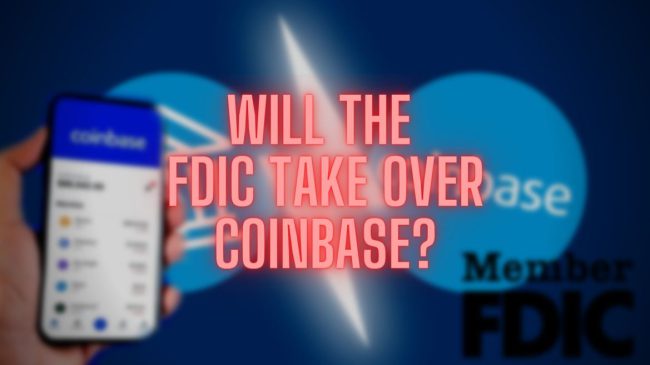During the 2009 banking crisis, taxpayers provided $700 billion to huge financial firms that failed due to high-risk investments. In response, Congress enacted laws to save taxpayers from having to repeat that scenario; nevertheless, the legislation only shifts the responsibility to another set of unwitting individuals.SIFIs (strategically important financial institutions) are large financial institutions, such as investment banks and insurance corporations, with assets in excess of $250 billion.
This is the new moniker for organizations that are “too big to fail.” A SIFI follows a distinct approach in the case of a circumstance that would typically necessitate bankruptcy. The FDIC seizes control of the SIFI and establishes a new bridging institution to resurrect the sinking enterprise (assets from the old co. are transferred to the new co.) The Federal Deposit Insurance Corporation (FDIC) is an insurance company that regulates state-chartered banks that are not members of the Federal Reserve System.
How does this relate to Coinbase? This scenario was introduced by Jim Rickards, who mentions it in his “ice-nine” thesis. BlackRock is certainly large enough for SIFI classification, but from what I can see, it does not currently have it.
However, if that were to change and Coinbase was deemed a subsidiary of BlackRock, this may have an impact on Coinbase customers. If BlackRock were a SIFI and went bankrupt, the FDIC would take control. According to the Dodd-Frank Act, the “bail-in” provision would be implemented. This implies that the FDIC may temporarily shut the firm, prohibiting anybody from selling or withdrawing their cryptocurrency. A new organization would be formed as part of the FDIC SIFI procedure. Coinbase depositors would get shares in this new company rather than their initial monies or cryptocurrency.
This situation recently occurred with local banks in rural China that were experiencing liquidity issues as a result of the faltering real estate market. Depositors raced to the bank to withdraw their savings, only to be offered an “investment product” rather than their money.
This is known as the “bail-in” scenario. The monies came from within the university, not from outside sources (taxpayers). The hazards of holding assets on an exchange are well known to savvy crypto investors; however, the new BlackRock arrangement involves less knowledgeable investors via 401Ks and mutual funds currently using Coinbase exchange to acquire crypto.
Keep an ear out for the term “bail-in,” as the same situation might occur in other countries suffering financial difficulties. Some of you may recall this happening with Cyprus banks in 2013. The Banksters can’t afford to give up any advantages as they try to bring the globe into their digital future during the Monetary Reset. Nothing is off the table at this point, so be prepared for anything.
Share your thoughts below!
Get more stories like this here:
-
Food Prices Will Double Or Triple, Driving People Insane
-
Food Shortages In Six Months – The Globalists Are Telling Us What Happens Next
-
Increases in interest rates will only lead to further economic devastation









0 Comments